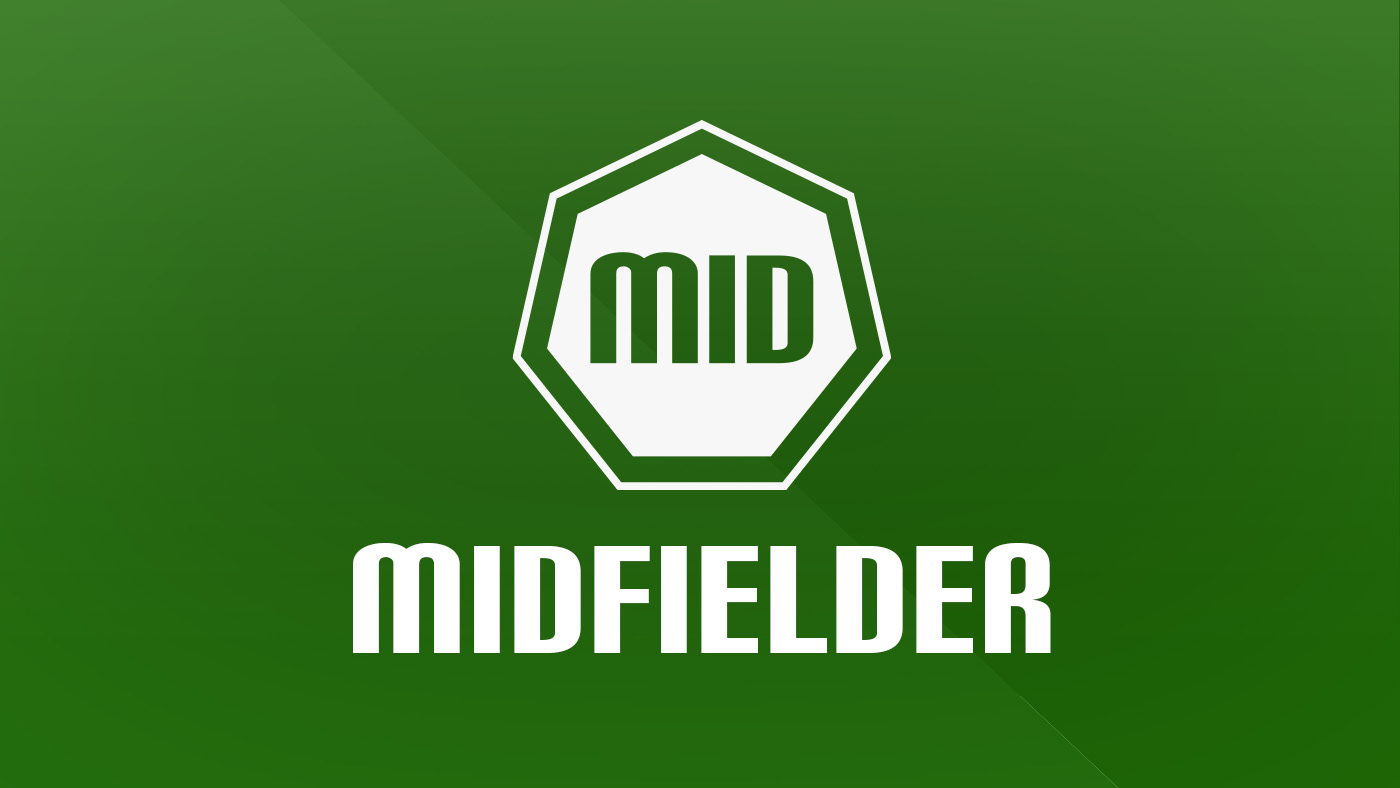Midfielder

A midfielder, also known as a mid, is a player who plays in the middle of the pitch, typically between the defenders and attackers.
Midfielders play an important role in game control, providing both defensive and attacking support to their side. They are the team's engine room, responsible for connecting the defense and the attack, and for controlling the game in the middle of the field.
Roles and Responsibilities
Midfielders are responsible for a wide range of tasks and are involved in all elements of the game. Here are some of the most important features and roles of a midfielder.
Passing and Distribution
Midfielders are proficient at passing the ball accurately over both short and long distances. They pass the ball to their teammates, assisting in possession, creating scoring opportunities, and controlling the tempo of the game.
Vision and Creativity
Good midfielders have exceptional field vision and awareness. They can read the game, predict plays, and make quick decisions. They frequently deliver crucial assists, allowing their teammates to score.
Dribbling and Ball Control
Midfielders must have good ball control and the ability to dribble past opponents. This allows them to keep possession under pressure and make room for themselves and their teammates.
Defensive/Attacking Skills
Midfielders help on defense by pushing opponents, intercepting passes, and tackling. They serve as a defensive shield, deflecting enemy strikes and instigating counter-attacks.
Midfielders also have important attacking duties. They play a key role in initiating and building up attacks for their team and even sometime scoring goals.
Tactical Discipline
Midfielders must be tactically disciplined, adhering to the team's game strategy and the coach's instructions. They must hold their place, provide passing options, and provide help to both the defense and the offensive.
Physicality
Midfielders must be physically fit because they cover a lot of ground during a game. They must be nimble, quick, and endurance to participate in both defensive and offensive actions during the game.
Leadership and Communication
Midfielders frequently take up leadership positions on the pitch. To ensure coordination and cohesion, they interact with their teammates, organize the team's shape, and issue directions.
Types
Midfielders are commonly classified as follows:
- Central Midfielder
- Attacking Midfielder
- Defensive Midfielder
- Wide Midfielder (Wing Half)
- Box-to-Box Midfielder
Central Midfielder
This style of midfielder is mostly responsible for defense. They position themselves in front of the defense, functioning as a shield and disrupting the opposition's attacks. They excel in interceptions, tackles, and disrupting the opponent's play.
Positions
- CM (Central Midfielder)
Key Attributes
- Passing
- Vision and Awareness
- Ball Control and Dribbling
- Work Rate and Stamina
- Defensive Skills
Defensive Midfielder (Holding Midfielder)
Central midfielders are adaptable players that can play a variety of roles in the midfield. They contribute defensively as well as offensively, offering steadiness, control, and a link between defense and attack. Their tasks may change depending on the team's strategy and the game scenario.
Positions
- CDM (Central Defensive Midfielder)
Key Attributes
- Defending
- Positioning
- Tackling and Intercepting
- Passing and Distribution
- Composure and Decision-Making
- Anticipation
Attacking Midfielder (Playmaker)
Attacking midfielders (CAM) or playmakers are creative midfielders with good passing and vision. They are in charge of creating scoring opportunities with accurate and incisive passes. They frequently play in advanced positions behind the forwards and have the technical ability to break down defenses.
Positions
- CAM (Central Attacking Midfielder)
Key Attributes
- Attacking Work Rate
- Dribbling and Ball Control
- Vision and Creativity
- Passing Accuracy
- Shooting Ability
- Decision-Making
Wide Midfielder (Wing Half)
Attacking midfielders (CAM) or playmakers are creative midfielders with good passing and vision. They are in charge of creating scoring opportunities with accurate and incisive passes. They frequently play in advanced positions behind the forwards and have the technical ability to break down defenses.
Positions
- LM (Left Midfielder)
- RM (Right Midfielder)
Key Attributes
- Dribbling and Ball Control
- Passing Accuracy
- Crossing and Delivery
- Pace and Acceleration
- Stamina and Endurance
- Decision-Making
Box-to-Box Midfielder
A box-to-box midfielder is noted for covering a big area of the pitch. They contribute defensively as well as offensively, making lung-bursting runs to support attacks and then rapidly trailing back to assist in defense. They have strong stamina, work rate, and abilities that are versatile.
Positions
- CM (Central Midfielder)
Key Attributes
- Stamina and Endurance
- Attacking/Defensive Work Rate and Determination
- Passing Range and Accuracy
- Versatility
- Tactical Awareness